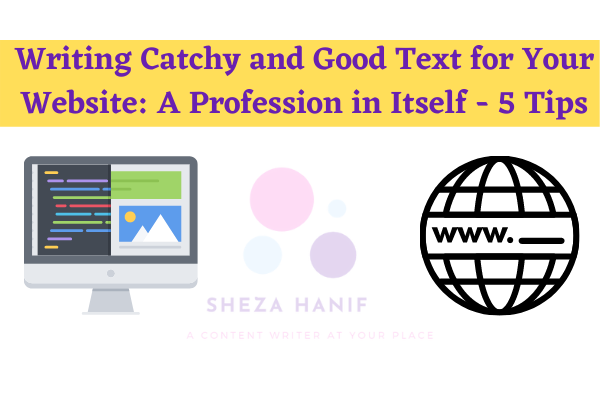You read a good text on a website differently than a text in a magazine, newspaper, or book. First, you scan a site to determine whether you can find what you are looking for. You can see that behavior nicely in an eye-tracking survey, which provides you with targeted information about website visitors’ viewing behavior.
In market research, eye tracking is often part of a usability study investigating how a visitor views a website, webshop, app, or digital newsletter on a desktop/laptop, smartphone, or tablet. You see what people mainly look at, and you can determine what should be placed where best.
1 | Catch people in the first second and optimize the Dwell time
Photos and other images are often the first to attract attention. Then people look at the headline, the intro, any streamers, and subheadings. The actual body text is often the last to act. If you don’t catch people right away in the first few seconds, they’re gone.
Then they haven’t even gotten to your message in the main text. Fortunately, you can easily ensure that people stay longer on your website and read (almost) the entire text by putting the correct text elements in the most optimal order.
2 | Deviate from the standard for writing good text
Introduction, intermediate piece, and conclusion: we once learned that you have to construct a text like this. This still applies to many articles in print media, but it is completely different on the internet. There you have to start with the most important part: the conclusion.
An online reader often does not read the entire text to end up with the most important information at the bottom. So please start with the core of the story and then work it out. In this way, the reader can determine at a glance whether the web page contains the information he is looking for.
3 | Good texts contain attractive headings and lists
Headings above and in the text must be attractive and cover the content of the story. When someone scans a text, he or she can quickly assess whether the information is relevant. If this is the case, the visitor can read the text more accurately. Good headlines are attention grabbers, but they must match the content of the text.
If not, the reader will drop out and have a negative feeling about the site (and therefore your product or company). Enumerations are also pleasant for website visitors. A list of facts, clearly arranged underneath each other with bullet points, quickly clarifies what the page is about.
You can further explain the points in the list or refer to a page with more information via a link.
4 | Adjust your language and make sure your good texts are customer-oriented
Language use is one of the most important parts of your web texts. Who is the information intended for? Make sure you address the visitor in the right way. Avoid jargon and complicated words if your target audience is not aware of all the ins and outs.
In any case, the following applies to any text: keep it simple and clear. Nobody wants long sentences, difficult words, or beautiful epistles when you are looking for practical information. Write actively and avoid passive sentences containing words such as ‘become’ and ‘will.’ Stick to the rules of thumb, and you will see that writing a good web text is not at all as difficult as it may seem.
5 | When writing the good text for the web, think like Google (but don’t forget your reader)
Search engine optimization (also called SEO, the English term) can be good to be found better online. Above all, it means that you should always keep in mind what the reader is looking for. For optimal (SEO) web texts, it can be valuable to perform keyword analysis.
You can then use the most important keywords in the headline, intro, and subheadings. Not only does Google rate the web page as ‘relevant’ for the searcher, but the visitor also sees at a glance that the site matches the search query. (Again, note: this must match the information on the site!).
It is also important that you do not lose sight of the reader. A page that is only written for Google can produce a text dragon, which is not pleasant for the reader.


Trackbacks/Pingbacks